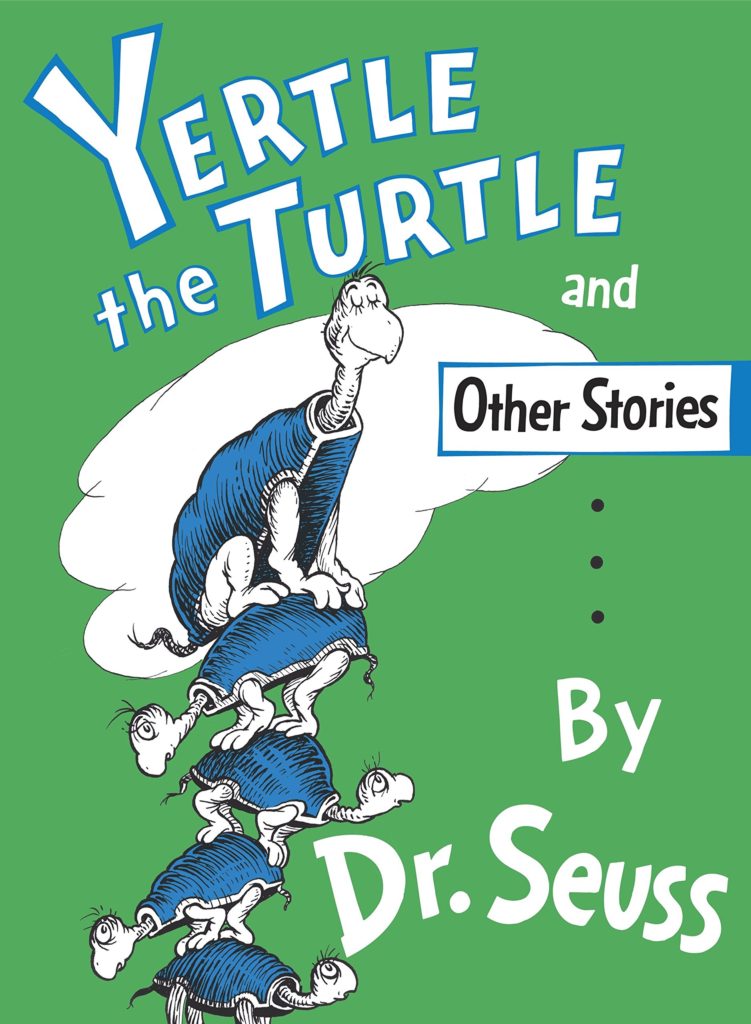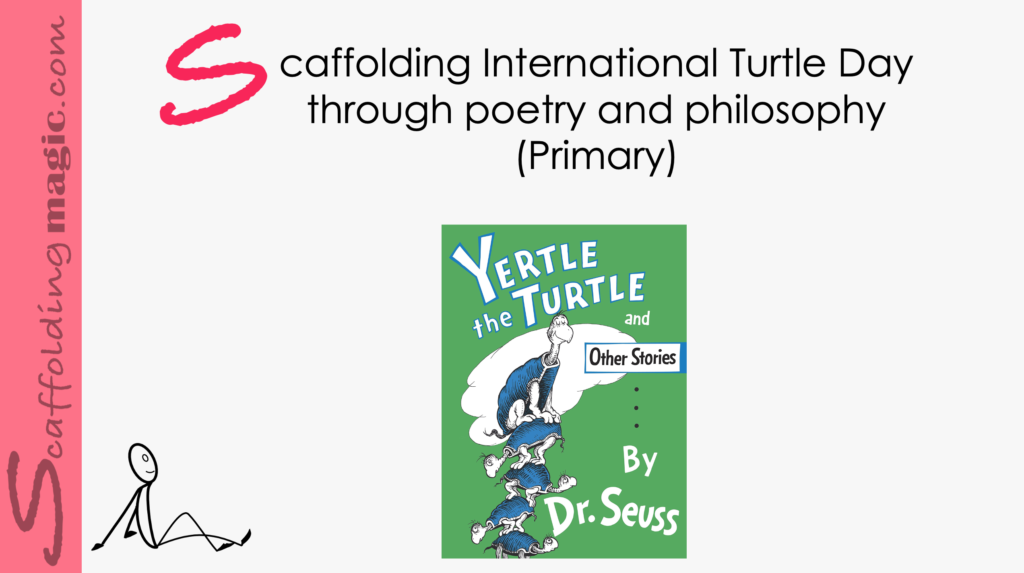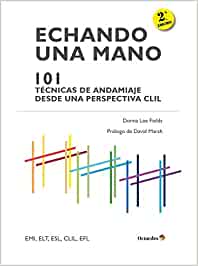You caught a beauty!!!
Download PDF of scaffold here.
theory behind scaffold…
May 23 – International Turtle Day. Go ahead, get it over with….have a good laugh….then keep reading! The more we know about these amazing creatures and the literary connections they inspire, the more we realise that this day gives us the opportunity to highlight a much larger issue:
how we treat all living beings on the planet.
Let’s approach this really interesting choice of an international day through poetry and let’s go a little further – let’s throw in philosophy to boot.
Where to begin?…well, with the obvious.


TURTLES = DR. SEUS (Yertle the Turtle)
Seriously? A children’s book about turtles is philosophical? Oh yes it is! Theodor Seuss Geisel (Dr. Seuss), was not just a writer of childrens’ books, but a profound philosopher, a poet, a political advocate (sometimes controversial), and a promoter of critical thinking on all levels. Not bad, eh?!
Outlining his many talents, we will also understand how many opportunities this day gives us to augment our lessons and target skills that will serve them well for their whole personal and professional lives. So…
Theodor Seuss Geisel’s many hats…
- a children’s book writer…he was an American children’s author, political cartoonist, illustrator, poet, animator, and filmmaker. He is best known for more than 60 children’s books that he wrote and illustrated under the pseudonym ‘Dr. Seuss’.
- a poet…he wrote most of his books in anapestic tetrameter, a poetic meter that consists of four rhythmic units called anapests. Anapests encourage musical rhythm as the lines are composed with two weak syllables followed by one strong syllable.
An example of anapestic tetrameter from Yertle the Turtle:Yertle
And today the Great Yertle, that Marvelous he
Is King of the Mud. That is all he can see
Geisel’s books are ideal for teaching children other poetic meters such as trochaic (One Fish Two Fish), amphibrachic (If I Ran the Circus), and iambic (Bartholomew and the Oobleck.) Your students will have visual, linguistic, rhythmic and creative stimulation all at once. (You can find a specific poetic analysis for Yertle the Turtle at this site.)
- a philosopher…he had a moral message in all of his stories, but intentionally did not highlight them. He said, ‘Children see a moral coming a mile off’ and knew that they would assimilate the underlying messages subconsciously. (You can find out more about the importance of philosophic development at young ages at this site.)
- a political activist…not all of his books were written with a political message, but many were. Yertle the Turtle, for instance, was a statement about overreaching and poking fun at despots. In fact, it is little known that the original drawing of Yertle included a Hitler-like mustache that he eliminated later on. It’s final line ‘…and the turtles of course, all the turtles are free, as turtles and maybe all creatures should be’, can be applied to sentiments largely felt toward historic as well as current dictators and their like vying for subservience from others.
step by step…
This scaffold uses Dr. Seuss’ classic book and a form of the game ‘Telephone’ as an introduction to the reading of the book and then extended into the basis for any project-based lesson you’re about to begin, including lessons on natural sciences.
- Copy and paste ……………………………………………. PPT.
- P……………………………………… cut them up, crumple them up and put them in different ………………………..
- The activity proceeds in the following manner:
- One student in the group chooses a s………………………………… and reads it silently
- That student then whispers ………………………….
- The second student is not allowed to a…………………………………………
- This continues until ………………………………………….
- The student who initially read the sentence re…………………………………..
- Another student chooses ………………………………….
- When all groups have finished reading ……………………………., they clarify any questions about concept or linguistics.
- Formative Assessment: Write the funniest mistakes ……………………………………..
- Reflection: After reading the story, students …………………………………….
Philosophical questions they can answer:
- How important is fairness in a society?
- Should every individual ……………………………
- What are the responsibilities included in owning something?
- How can we resolve conflicts in which ………………………………….
- What are characteristics of a leader that you would want to follow?
- Is disliking a leader sufficient to …………………………………..
(More philosophical questions included below.)
- Extension: Watch the video of Yertle the Turtle and discuss the hierarchy …………………………
Example of sentences …………………………….
- Sentence 1:
- On the far-away Island of Sala-ma-Sond, Yertle the Turtle was king of the pond.
- Sentence 2:
- A nice little pond. It was clean. It was neat. The water was warm. There was plenty to eat.
- Sentence 3:
- The turtles had everything turtles might need. And they were all happy. Quite happy indeed.
- Extensions:
- Video: Yertle the Turtle
- Video: The Real World of Turtles
More Questions for Philosophical Discussion
TOPIC 1: Justice and Rights
The sentence from the book this ideology comes from: Mack protests that Yertle’s treatment of the turtles is unfair.
- Have you ever felt like someone with power ……………………………..?
- Is Mack right that Yertle is t……………………………………….
- What does fairness mean?
- Can you think of a time when t……………………………………………
- Is just being fair enough to make a s………………………………………….?
- Do the turtles deserve to be ………………………………..
- Is Yertle a bad king for making t……………………………..
- Is it ever okay for a leader to…………………………….
- Do the turtles have a right to say…………………………….
- What rights do you think all people should have? Are there times when people should not have these rights?
TOPIC 2: Property and Colonialism
The sentence from the book this ideology comes from: Yertle thinks that if he sees something, he rules over it.
- Do you own everything t……………………………..
- What’s a time you got to …………………………………
- Is Yertle really the ruler of all that he sees? Why or why not?
- Who really ………………………
- How do people get to own things? ….How ………………….?
- Have you ever disagreed with ………………………..
- Is it ever okay for a person to take something that ………………………….
- Indigenous peoples were ………………………………………. Did the European settlers really own it?
- Do we, their descendants, own t…………………………
TOPIC 3: Power and Authority
The sentence from the book this ideology comes from: The turtles obey Yertle’s commands despite being afraid and uncomfortable.
- Who are some people i…………………….?
- Do you always li……………………………?
- Should you listen t…………………..? Why?
- If you were ………………………………………… you have obeyed Yertle’s commands?
- Can you think of times when you should not…………………….?
- Why do you think that the turtles listened to Yertle even though……………………………..?
- Should people listen to a person in charge even……………………………………..?
- If most people respect a leader, should ………..?
- Can you think of leaders that should be followed and leaders that should not be? ……
Original questions and guidelines for philosophical discussion by Teddy Willard and Soren Schlassa archived here. Edited June 2020 by The Janet Prindle Institute for Ethics. Find tips for leading a philosophical discussion on the Resources page.


Scaffoldingmagic.com is your entryway into DYNAMIC bilingual learning methodologies, such as Phenomenon-Based Learning, CLIL, EMI, and ESL. You’ll find ways to implement critical thinking tools (DOK) to promote higher level thinking, the growth mindset, instill an ethic of excellence, deep reflection on learning, and all through multi-cultural, interdisciplinary activities. We have the keys to turning competences into action and to creating collective efficacy in your school so you move ahead as a unified, enthusiastic team.





